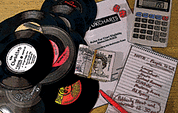
Running Your Own Record Label
(7 articles)Why not start your own record label? Many of us think about it, but what would you actually need to do? Find out in this seven-part series.
Below you will find all our Article Series.

Why not start your own record label? Many of us think about it, but what would you actually need to do? Find out in this seven-part series.

We find out how Roland managed to create the convincing acoustic piano sounds synthesized on the Roland JX10 in this three-part techniques deep-dive.

Gordon Reid looks back at the huge variety of groundbreaking music gear Korg have produced in their history, from electronic percussion to industry-standard synths, and from guitar tuners to digital recording workstations.
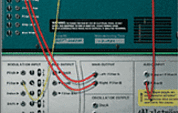
The electronic music studio software Reason is well suited to experimentation and discovery. In this two-part series we share some of the techniques and solutions we've come across while using this great software.
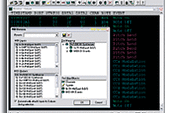
Theoretical figures and manufacturers' measurements may suggest that the latency of your soft synths is negligible — but that's no use if their timing is all over the place when you actually play them. Our real-world results give you the true picture.

Loudspeakers are traditionally designed for either monitor or hi-fi applications, but is there actually any difference? And just how suitable are hi-fi speakers for nearfield monitoring in the project studio? We explore the dfferences in this two-part series.
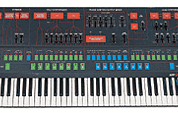
A detailed examination of the features and legacy of ARP's Quadra synthesizer, manufactured between 1978 and 1981.
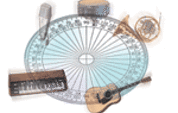
Surround sound has been a part of the film industry for many years, but the emergence of affordable digital technology has now pushed it into the domestic mainstream. SOS Technical Editor Hugh Robjohns begins our definitive guide to surround and its implications for the hi-tech musician.
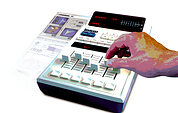
Reverberation is to sound what light and shadow is to the visual world. It can make or break your productions, so consider this 2-part set of adavnaced tips and advice.
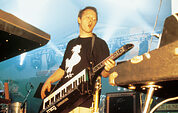
If the very idea of tearing a studio MIDI rig from its comfortable moorings and shoving it in the back of a van for later reconstruction in the local village hall is enough to make you dive behind the sofa and refuse to come out, then this 2-part series is for you!

Programming tips and analysis to help you get the very best from your MIDI compositions.
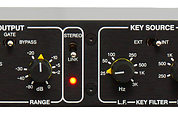
Gates are far more than just problem-solvers for reducing spill and noise. They can be used to add punch to drum sounds, put rhythmic interest into sustained parts or even as mixing automation. Paul White explains some advanced techniques in this two-part article series.
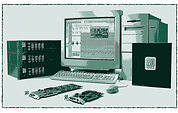
Simon Price's three‑part series designed to demystify that staple of modern music production, Pro Tools.

Fancy yourself as another Bernie Taupin or Sir Tim Rice? SOS Editor In Chief Sam Inglis delivers his 5-part series for budding songwriters and wordsmiths, providing useful compositional techniques and insight into the craft of lyric-writing that is hard to find elsewhere.
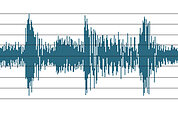
Paul White explores the secrets of successful compression, and explains how to use advanced techniques for mastering your mixes in this two-part series.
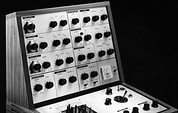
A look at the history and achievements of this pioneering British manufacturer.
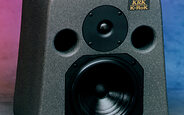
A 2-part series explaining what factors affect the design and performance of monitor speakers.
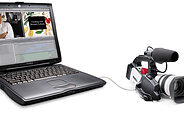
Back in the early noughties, Yamaha and other electronic music equipment makers put their full weight behind mLAN — a then-promising new interfacing standard which could carry digital audio, MIDI, timecode and hard drive communications down a single cable. Read our series to learn its history, implementation and its fate...
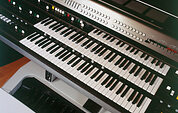
In this special two-part feature, Gordon Reid tells the amazing story of Yamaha's ultra-rare GX1 analogue megasynth — and how one ended up in his living room!
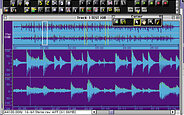
If you plan on compiling your stereo mixes into an album master, getting to grips with the practicalities of stereo editing is a must. Find out more in Paul White's comprehensive three-part guide to stereo editing.